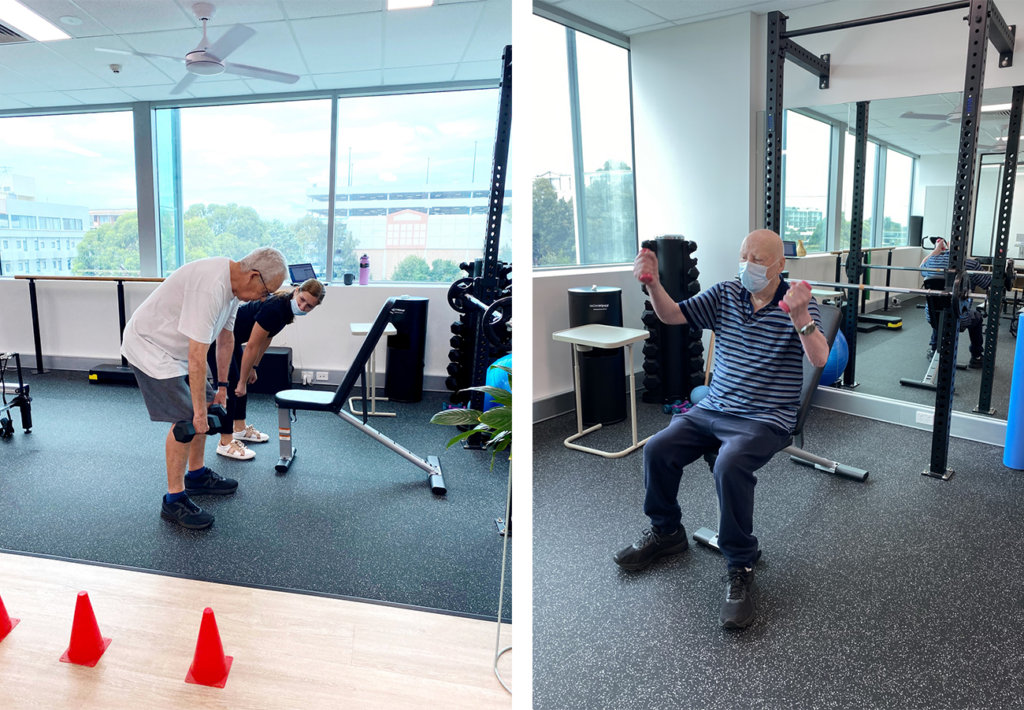What is resistance training?
Resistance training is a type of exercise designed to increase muscle strength and muscle endurance. It involves using resistance in the form of free-weights such as dumbbells, elastic bands, weight machines, or even your body weight. The exercises can focus more specifically on increasing muscle size, strength, endurance and power.
Unfortunately, many patients who are diagnosed with cancer reduce their activity and remain inactive for many years following their treatment. However, resistance training has many benefits for patients immediately following diagnosis, during treatment and during survivorship, counteracting many of the transient and chronic effects associated with treatment.
Benefits of resistance training
● Decreased cancer-related fatigue
● Increased bone mineral density
● Increased muscle mass
● Improved balance
● Decreased risk of falls
● Improved mood and self-esteem
● Decreased anxiety or depression
● Improved quality of life
●Improved body composition
● Decreased risk of lymphoedema (resistance training is also safe for patients who have lymphoedema)
● Improved tolerance to treatment
Exercise in general (resistance training and aerobic training) may decrease the risk of the 7 common cancers: breast, colon, bladder, endometrial, esophageal, kidney and stomach. It is thought to improve the survival of patients who have breast, colon or prostate cancer.
When is resistance training not advisable?
Refrain from resistance training if your platelet count is < 50,000 due to the risk of bleeding, or if you are feeling dizzy. If you have metastases in bones or have a primary bone cancer, it is important to discuss the safety of exercise with your oncologist and a clinical allied health specialist.
Dose of resistance training
A patient with cancer will have a variety of treatment-related obligations and complications. Setbacks and interruptions are not uncommon, and it is important to understand this and continue to adhere to your exercise program where possible, recognizing that progression will have ups and downs and will not be linear. Specific resistance training recommendations are:
Frequency: 2-3 times per week (on non-consecutive days to allow the muscles time to recover)
Volume: lifting the weight 8-15 times (repetitions or reps) for 2-3 sets
Intensity: moderate (challenging but not at the level of very hard). On a scale of 0 (no effort) to 10 (maximum effort) aim for something in between such as 3-7/10. Muscles should feel tired with the last rep.
Type: Include all the major muscle groups




No Comments
Sorry, the comment form is closed at this time.